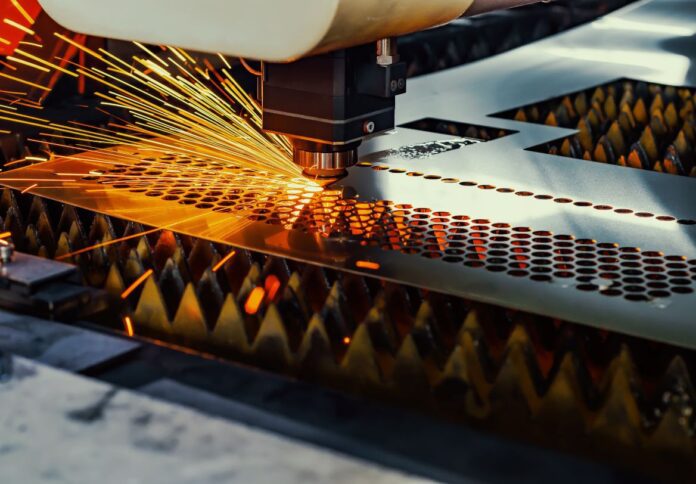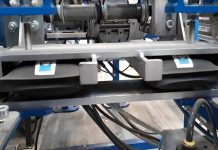
Weld Australia has unveiled the findings of its 2024 Member Survey, revealing a critical situation in the nation’s welding and fabrication industry.
The survey highlights severe work shortages and escalating costs in energy, materials, and labour, which are making it increasingly difficult for businesses to thrive.
In response, Weld Australia is calling on Federal and state governments to establish firm local content policies to support and sustain Australia’s sovereign manufacturing capabilities.
“Australian welding businesses are facing unprecedented pressures,” stated Geoff Crittenden, CEO of Weld Australia.
He explained, “Lack of work, combined with the rising costs of energy, materials, and labour, is making it nearly impossible for companies to invest in the technology and skills necessary to stay globally competitive. We need a clear and enforceable commitment from the Federal and state governments to support local manufacturing.”
The survey paints a worrying picture: half of the welding workshops are operating at 80 per cent capacity or below, with 70 per cent of members indicating they have the capacity for additional work.
A staggering 75 per cent of respondents identified the lack of a steady project pipeline as their primary challenge.
“The solution lies in enforceable local content requirements,” Crittenden continued.
“Government-backed initiatives must prioritise Australian-made steel and fabrication in renewable energy projects and other infrastructure developments. This would provide the long-term security our industry needs to invest in advanced technologies, productivity improvements, and workforce development, ensuring Australia remains competitive on a global scale.”
Crittenden further emphasised the need for precise legislation, stating, “The Federal and state governments must commit to building sovereign manufacturing. Local content legislation must specify that 60% of all fabricated steel used in our renewable energy projects is manufactured in Australia by local welders.”
“This local content legislation must be drafted in conjunction with industry to eliminate the loopholes that so often arise in these types of policies. Australian governments must also mandate that all wind towers are constructed, erected, and inspected according to Australian Standards.”
The survey also revealed inflation as a significant concern for the industry. A majority of business owners cited rising costs as a major threat to growth over the next year: 64 per cent mentioned the rising cost of energy, 61 per cent pointed to the rising cost of materials, and 50 per cent were concerned about rising labour costs.
Weld Australia members consider themselves highly productive, with two-thirds rating their welding staff’s productivity as good or excellent.
However, the survey highlighted that only 25% of respondents spend less than two hours per shift on actual welding, and 58 per cent spend less than four hours—considerably less than the five hours per day reported in countries like the United States and Germany, which have similar Workplace Health and Safety Standards.
“A clear pathway to productivity is through the use of technology,” Crittenden noted.
“When companies focus on improving their processes, they naturally innovate—implementing the latest technologies to streamline operations. However, the uptake of advanced welding technology remains relatively slow. This lack of tech adoption is impeding our ability to navigate the current challenges facing the industry.”
Crittenden warned that without a guaranteed supply of work, especially from government-backed projects, many welding businesses would struggle to justify investments in advanced technologies.
“We risk losing critical skills and capabilities that are essential for our nation’s economic future,” he said.
Crittenden stressed the importance of local content requirements in strengthening domestic supply chains, boosting investor confidence, and cultivating a skilled workforce.
“Local content requirements will fortify our domestic supply chains, boost investor confidence, and cultivate a skilled workforce, positioning Australia as a global manufacturing leader. This will create a capacity mechanism that generates a clear, long-term signal for investment by private equity and local manufacturers,” he concluded.



















